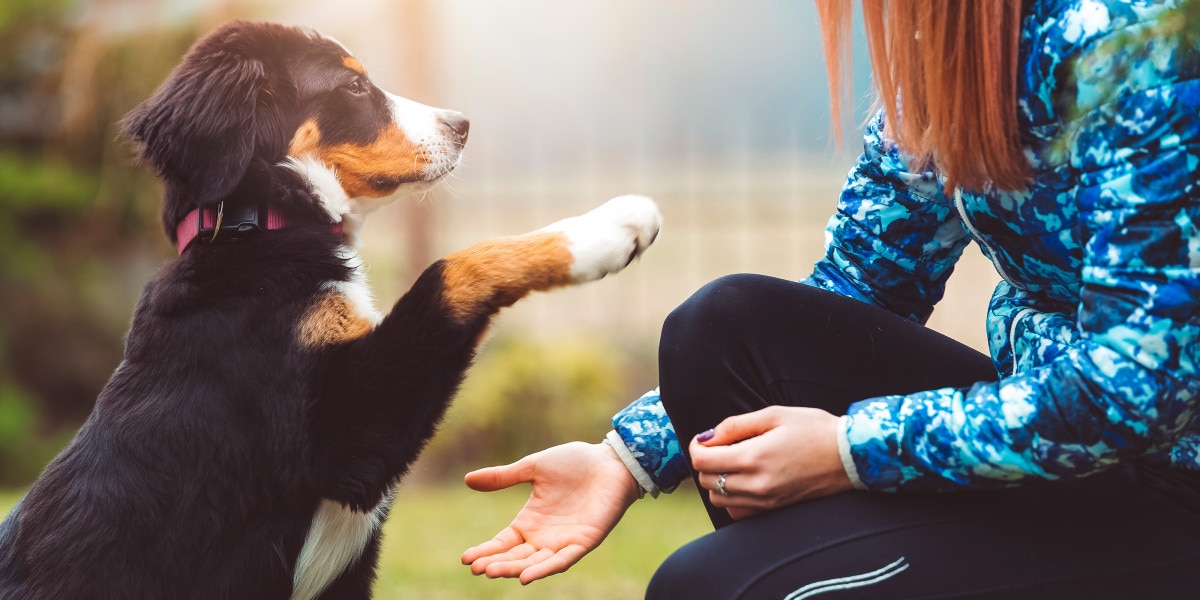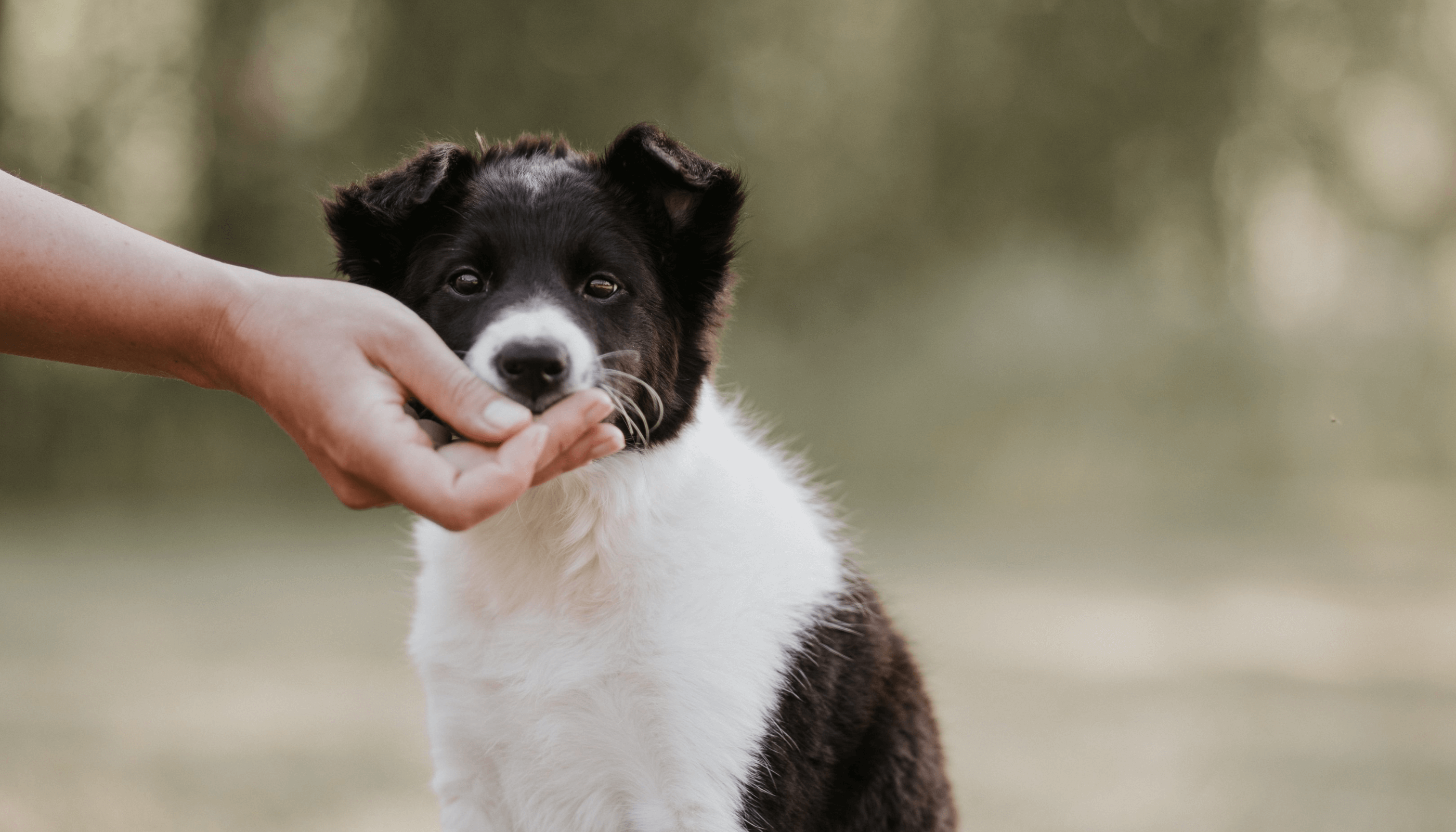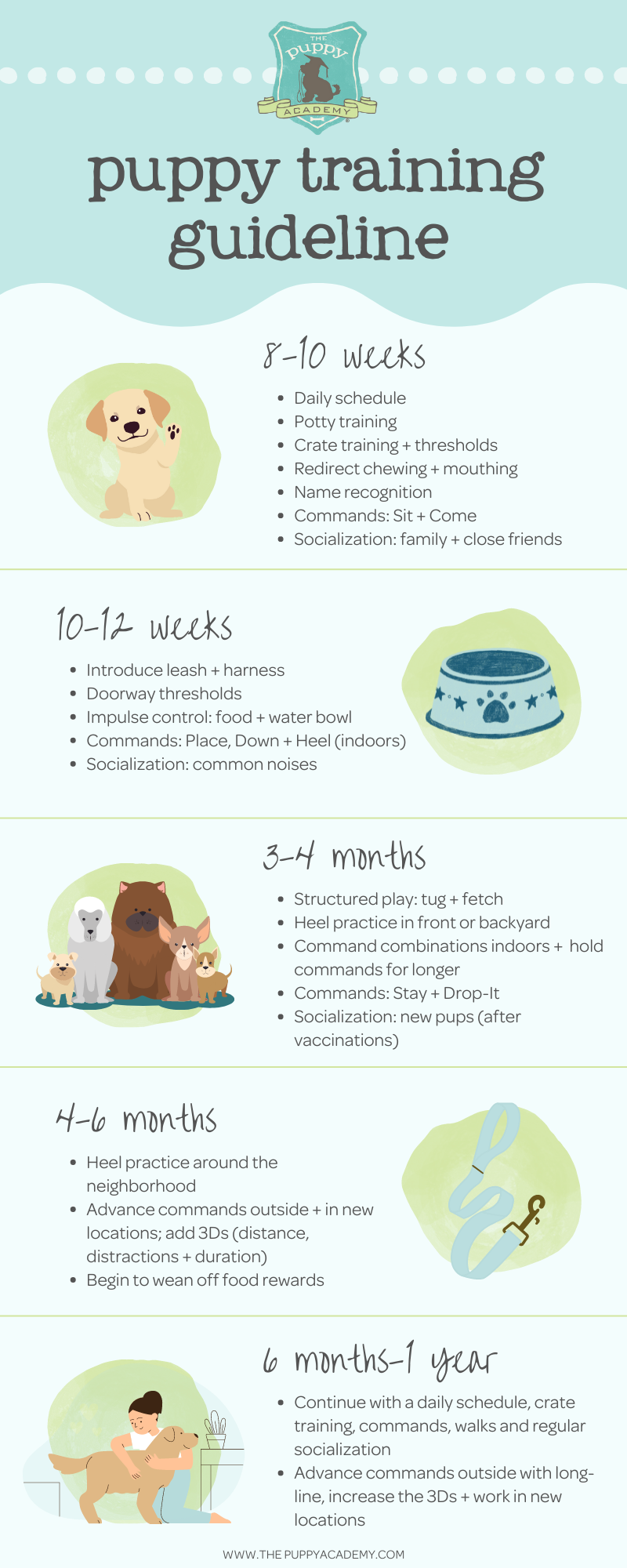Top Pup Training Methods to Make Sure a Well-Behaved Animal
Effective young puppy training is important for cultivating a well-behaved companion, and different techniques can dramatically influence a pet's advancement. As we check out these methods better, it ends up being clear that the success of pup training hinges on a mix of techniques that can transform your family pet's behavior in exceptional ways.
Positive Support Techniques
Making use of positive reinforcement strategies is vital for reliable puppy training, as it encourages preferred actions through benefits as opposed to punishment. This approach capitalizes on the all-natural learning processes of pets, reinforcing great habits by giving substantial and prompt rewards, such as treats, appreciation, or play. By associating positive results with certain activities, puppies are more probable to duplicate those actions in the future.
Rewards should be offered immediately after the wanted habits happens to produce a clear connection in the pup's mind. Furthermore, varying the kinds of benefits can maintain a puppy's passion and motivation throughout the training procedure.

Uniformity in Training Commands
Maintaining uniformity in training commands is vital for enhancing the lessons found out with favorable support methods. Canines thrive on routine and predictability, so utilizing the same spoken commands and hand signals for specific actions is essential. This uniformity assists young puppies recognize what is expected of them, minimizing complication and frustration for both the pet and the instructor.

Timing additionally plays a considerable duty in consistency. Commands must be delivered quickly during training sessions and complied with right away by favorable support, such as treats or praise. This prompt feedback aids strengthen the organization in between the command and the wanted actions.
Including consistency into training sessions will certainly develop a steady discovering environment, promoting quicker proficiency of commands. Eventually, a well-structured strategy cultivates a strong bond between the puppy and its owner, bring about a much more mannerly and obedient pet dog.
Socializing With Other Pets
Socialization with various other pet dogs is essential for a young puppy's development, as it assists them find out suitable actions and interaction abilities in varied social contexts. Very early communications with various pets can significantly influence a young puppy's temperament and adaptability in numerous situations. When young puppies are revealed to a variety of animals, they become extra confident and much less frightened, which can protect against potential behavior concerns later in life.

Instruct your pup to identify signals from other family pets, such as signs of playfulness or pain, fostering shared regard and understanding. Normal socializing not just improves official statement your pup's social abilities but also adds to their total health, creating a more unified living setting.
Crate Training Advantages
Recognizing the various advantages of cage training can greatly enhance both the puppy's and owner's experience. Crate training gives a safe and risk-free atmosphere for pups, ensuring they really feel safeguarded when laid off. This sense of safety can substantially reduce anxiousness and stress and anxiety levels for both the owner and the pet.
Additionally, pet crates work as a beneficial house-breaking device. Puppies normally prevent soiling their sleeping location, consequently motivating them to hold their bladder till they are let outside. This instinct can quicken the house-breaking process, promoting excellent habits early on.
Crate training also assists in handling a young puppy's behavior when without supervision. By providing a designated space, owners can stop destructive habits, such as eating on furniture or entering into dangerous materials. In addition, crates can be useful throughout traveling, offering an acquainted space that can aid relax a pup in brand-new settings.
Last but not least, developing a dog crate regular encourages freedom, enabling young puppies to learn just how to be alone without fear. In general, dog crate training is a reliable approach for promoting safety, serenity, and technique, causing a well-adjusted, well-behaved family pet.
Chain Training Basics
Leash training is a basic facet of liable pet ownership that makes sure a secure and pleasurable walking experience for both the young puppy and its proprietor. Correct leash training starts early, preferably during the young puppy's socialization period. This training aids develop check it out good habits and advertises favorable actions when out in public.
To start, select a comfy collar or harness that fits your puppy well. Affix a tough chain, guaranteeing it is not also long, as this can lead to drawing and erratic behavior. Begin in a peaceful environment to decrease disturbances and gradually present your puppy to brand-new environments.
Use positive reinforcement techniques, such as deals with and appreciation, to encourage your puppy to stroll close to you. Stop walking and wait for them to return to your side prior to proceeding if your young puppy draws. This teaches them that drawing will certainly not generate onward activity. Consistency is essential; method routinely and remain patient, as mastery takes some time.
In addition, include short training sessions with enjoyable distractions to develop your pup's emphasis. With dedication and perseverance, chain training will certainly result in a well-mannered companion, making strolls satisfying for both the puppy and the proprietor.
Verdict
In conclusion, using efficient young puppy training techniques is crucial for creating a mannerly family pet. Overall, these techniques collectively promote an unified partnership between young redirected here puppies and their proprietors.
As we check out these approaches further, it becomes clear that the success of young puppy training hinges on a combination of techniques that can change your pet's actions in remarkable ways.
Using favorable reinforcement strategies is necessary for efficient pup training, as it encourages wanted actions with benefits rather than penalty.Crate training likewise aids in taking care of a puppy's behavior when without supervision.Leash training is a basic aspect of accountable pet ownership that guarantees a enjoyable and risk-free walking experience for both the young puppy and its proprietor.In verdict, employing effective pup training techniques is essential for developing a well-behaved pet.
Comments on “Puppy Training Tips for First-Time Owners: Building a Strong Bond with Your Dog”